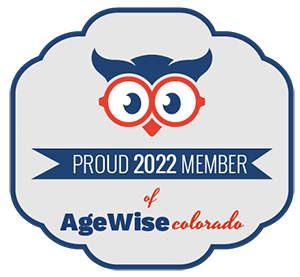Because seniors feel like they have less time to recover if they make a financial mistake, there is more pressure to make the right choice, especially about assets. Fortunately, there are ways to preserve retirement assets while increasing liquidity. Here’s how.
Let’s talk about assets and liquidity in retirement.
American homeowners have 3 sources of money we can utilize.
- All sources of income, earnings and wages
- Our investments and assets
- And our home equity
Obviously #1 is the most common and is liquid. Number 2 may or may not be liquid. My dad owned a lot of rental properties, he was asset rich but limited on liquidity. Others own annuities, IRAs or 401k retirement programs. If you draw on those too early, you can be penalized.
Unfortunately, few homeowners utilize or maximize their home equity. For most American homeowners, the majority of their wealth is in their home. That’s the good news. The bad news is to access their equity they must get a cash-out refinance, Home Equity Line of Credit (HELOC) or sell their home and pay the realtor fees.
For seniors, there is a better way. 
Since 1988 Americans have been able to secure a reverse mortgage which unlocks and gives access to 40-50% of their home equity TAX-FREE. A reverse mortgage allows a senior homeowner to remain in their home, maintain independence, and retain title as an owner. When seniors tap into their home equity, it allows the other two sources (income and assets) to last longer. Plus it increases their liquidity as they now gain access to a portion of their home equity.
Finally, they have diversified their investments by including home equity as a part of their overall portfolio. The reverse mortgage program has changed over the years and has become safer for seniors. If you would like to learn more, let’s chat by phone or set up a time to visit face to face.










